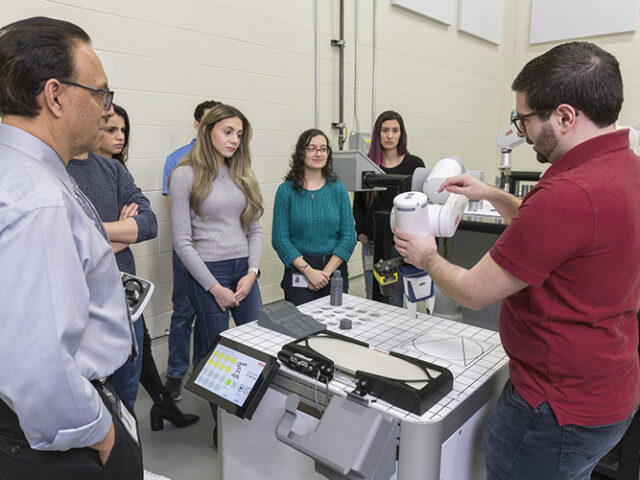Mathematics is the language of engineering, providing the foundation upon which many principles and applications of electronics engineering are built. For aspiring electronics engineers, a strong grasp of certain mathematical concepts is not just beneficial but essential. This technical dive explores the key areas of mathematics that are integral to success in the field of electronics engineering.
Algebra and trigonometry
- Algebra: Fundamental to understanding circuit design, algebra is used in calculating currents, voltages, and resistance. Ohm’s Law and Kirchhoff’s laws, for instance, require a solid understanding of algebraic manipulation.
- Trigonometry: Essential in understanding waveforms and signals, trigonometry is used to analyse and understand alternating current (AC) circuits, where waveforms are typically sinusoidal.
Calculus
- Differential calculus: This is used to understand how quantities change over time, essential for analysing circuits, especially in transient analysis – the study of circuits as they move from one steady state to another.
- Integral calculus: Integral calculus finds applications in computing charge, energy, and power, especially in relation to capacitors and inductors in AC circuits.
Complex numbers and phasors
Complex numbers are used extensively in AC circuit analysis. The representation of sinusoidal signals as phasors (complex numbers) simplifies the analysis of AC circuits, particularly when dealing with impedance and network analysis.
Probability and statistics
These are crucial in quality control, reliability analysis, and signal processing. Understanding statistical methods is essential for designing experiments and interpreting the data collected from sensors and other electronic measurements.
Differential equations
Used to model systems in electronics engineering, such as the behavior of circuits with inductors and capacitors (LC circuits), where the current-voltage relationship is governed by differential equations.
Linear algebra
Essential for understanding vector spaces and matrix theory, linear algebra is key in areas like digital signal processing and control systems. Techniques from linear algebra are used for solving sets of linear equations, which is a common task in circuit analysis.
Fourier analysis and transform
Fourier analysis is used to break down complex signals into sinusoidal components. It’s essential in signal processing, helping engineers to analyse the frequency spectra of signals.
Laplace transforms
Used in control theory and network analysis, Laplace transforms are a powerful tool for understanding the behaviour of dynamic systems and for simplifying the analysis of systems described by differential equations.
Conclusion
A solid understanding of these mathematical concepts is a powerful tool in the arsenal of any aspiring electronics engineer. From basic algebra and trigonometry to more advanced topics like differential equations and Fourier analysis, these mathematical skills form the backbone of electronic circuit analysis, design, and troubleshooting. As technology evolves, so does the application of mathematics in electronics engineering, making continuous learning and application of these concepts essential for success in this dynamic field.




